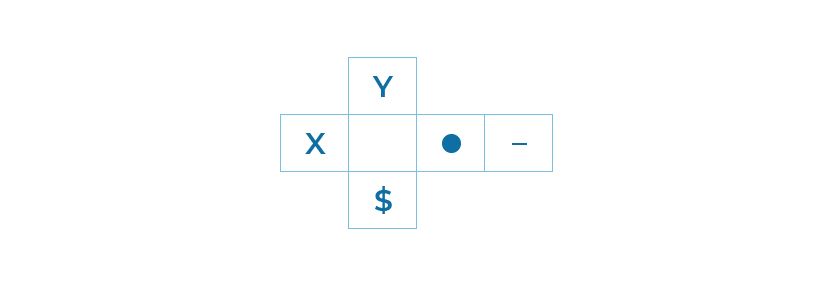What Is the Canadian Forces Recruitment Process?
The Canadian Forces utilizes a four-step recruitment process to vet potential recruits before basic training. The entire process can take up to about five or six months and includes an assortment of physical and medical exams as well as aptitude tests and interviews. The Canadian Forces utilizes the following four stages for the recruitment process:
Application Process
The Canadian Forces employ a detailed application to screen the initial applicants. There will be questions about the applicant’s work experience, medical history, personal interests, and general background. The application takes about forty-five to sixty minutes to complete.
After the application has been submitted, the applicant will participate in a reliability screening. A reliability screening provides a series of forms that the CF will verify. The purpose of the reliability screening is to guarantee that the applicant can be trusted with sensitive information.
Canadian Forces Aptitude Test (CFAT)
The aptitude test is important because it decides the candidate’s eligibility for different roles in the Canadian Forces. The higher the score, the more options are available to the candidate. After the assessment, the candidate will not be told their score, they will simply be informed if they are suitable for the role they have chosen. If the candidate wishes to retake the CFAT, they must wait for at least one month before they are eligible.
There are three total parts to the CFAT that collectively evaluate the skills that the Canadian Forces are looking for in their recruits. Candidates can expect the following sections on the CFAT:
- Verbal Reasoning
The verbal reasoning section of the CFAT has a five-minute time limit. The results of this section inform the Canadian Forces of the candidate’s ability to comprehend instructions, the English language, and correspondence. The questions in this section are multiple-choice and focus largely on vocabulary, context, and grammar. There are fifteen total questions.
- Spatial Ability
The spatial ability section grants the candidate ten minutes to complete fifteen questions. There are two types of questions in this section. These two types are opposites of one another. The first type of question presents the candidate with a three-dimensional shape and asks them to choose which two-dimensional pattern forms the original shape. The second type of question works backward and begins with the two-dimensional pattern and the candidate must choose which three-dimensional shape matches the pattern. The purpose of this section is to assess the candidate’s ability to identify patterns using novel information.
- Problem-Solving
The problem-solving section is the most important part of the CFAT. There are thirty total questions that must be answered in thirty minutes. The questions involve a mixture of mathematical word problems, matrices, and number series. The chief subjects of the problem-solving section are math and logical reasoning. Some questions use diagrams and figures to illustrate the problem and others will be accompanied by statements or short paragraphs. Each question only has four answer choices.
Medical Exam
The medical exam takes place so that the Canadian Forces can ensure that the candidate does not have any medical conditions that could hinder their performance. The candidate must provide their medical history and fill out a medical questionnaire. After the paperwork, the candidate will undergo a series of physical tests such as eye and hearing exams. The final stage of the medical exam is receiving the results and going over them with a physician in case any of the results come back unexpected.
Interview
The interview is one of the final stages of the Canadian Forces recruitment process. The candidate will meet with a military career counselor who will evaluate their performance during the interview. The interview will cover the candidate’s expectations for the force and the role, their understanding of the responsibilities included with the job, the candidate’s background and work experience, and what they know about the Canadian Forces. Common interview questions asked by the Canadian Forces include:
- Why are you interested in the Canadian Forces?
- What are some challenges you may encounter during basic training?
- What is the purpose of the Canadian Forces?
- Describe the role you have applied for.
- Describe a time when you were a leader.
How to Prepare for the Canadian Forces Aptitude Test?
The Canadian Forces aptitude test is one of the most significant parts of the recruitment process. The results decide both if the candidate is being accepted into the service and what roles they are eligible for within the force. Candidates must meet a minimum score set by the Canadian Forces or they will have to retake the test and won’t be able to move on to the next stage of the recruitment process.
If you wish to succeed on the CFAT, you would benefit from some dedicated preparation. One of the most popular approaches to preparing for the CFAT includes utilizing online practice tests. Online practice tests replicate the material on the CFAT and recreate the testing atmosphere. This gives you the chance to practice the test without the pressure of the genuine CFAT. Additionally, you are also given the opportunity to see your scores on the practice tests. This is important because candidates may not view their scores after they take the CFAT. Therefore, the score on the practice tests can be a helpful estimate for your score on the CFAT.
Another useful resource is sample questions. Sample questions are great if you need a warm-up before you take the CFAT. Sample questions are loosely based on the questions on the CFAT and follow a similar problem-solving approach.





